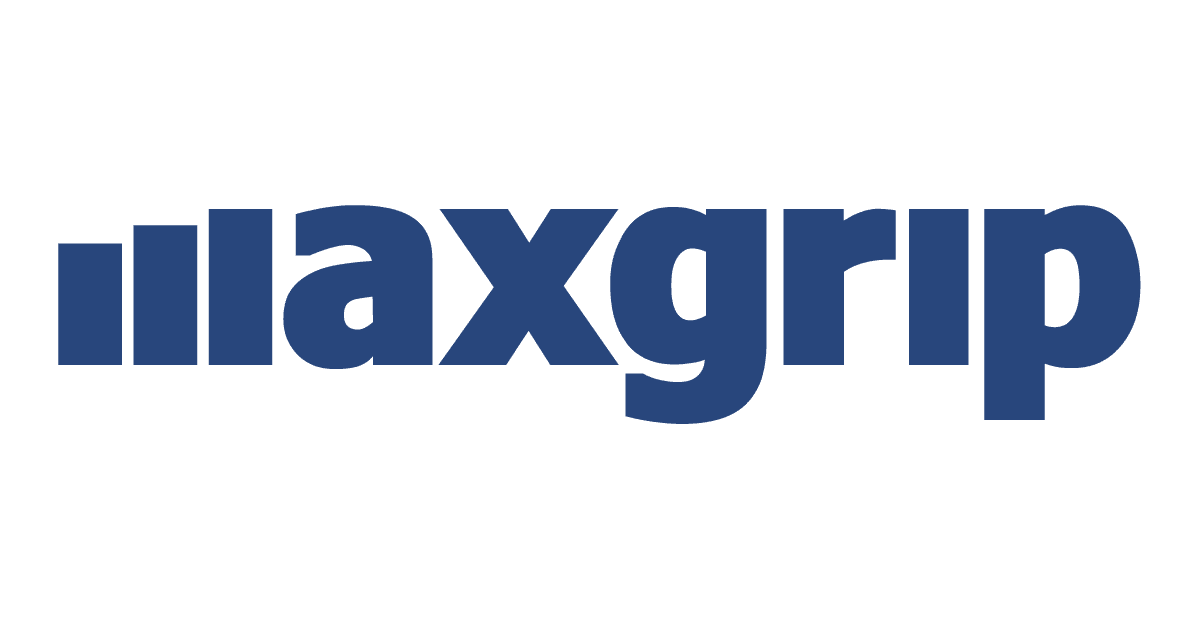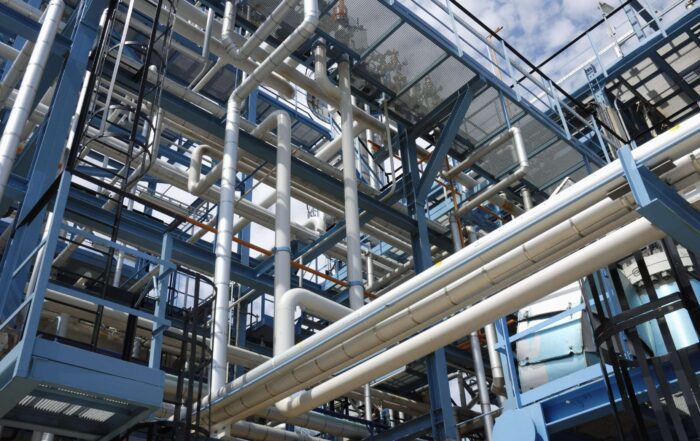The client is an oil and gas supermajor operating on the Caribbean Islands. The site employs around 2,000 workers over 1,200 acres of onshore and offshore facilities. This company also holds a majority share in one of the world’s largest liquefaction facilities. Therefore, this entity provides an integrated gas operation, catering to the petrochemical market and the aforementioned liquefaction facility. MaxGrip helped this energy company with their bad actor management by performing RCM studies.
Ambition: Better Bad Actor Management
The client wanted to set up a bad actor program in order to deal with their bad actors in a structured way. Some assets experienced frequent failures which resulted in high maintenance costs. Bad actors negatively impact the business and represent opportunities for asset performance improvement. Generally, the way to identify a bad actor is through their failure history, maintenance costs, downtime, and safety risk. At this facility, the bad actors were negatively impacting their reliability and availability, which drastically affected the bottom line.
After first attempting a Reliability Centered Maintenance (RCM) study in-house at one facility, the client found that for them to perform RCM studies on all their bad actors within the expected time frame, they would need the help of an external party that is experienced in RCM studies and also familiar with their industry and processes. Due to the positive experience with MaxGrip’s results at other sites around the globe and our in-depth understanding of their internal processes, our experience in working with the reliability and integrity software of Cenosco they use and specific business objectives, the client decided to bring in MaxGrip to execute this project.
Approach: RCM Study
As part of the Reliability Centered Maintenance study at this Caribbean site three steps can be discerned.
1. Defining Scope and Functions
This involved selecting the equipment that would be in scope for this RCM study. The MaxGrip consultants gathered pertinent data and documentation to understand the operating context of the assets. This is done to prepare facilitation of the RCM process with key stakeholders including the site engineers, technical experts and vendor representatives with the aim of developing equipment strategies, PM tasks and spare part recommendations. Due to MaxGrip’s experience at this global energy company, the consultants knew where to focus questions and were able to prepare well for the facilitation.
2. Organizing and Facilitating a RCM Workshop
With the set-up stage completed, the MaxGrip consultants organize and facilitate a RCM workshop with key stakeholders. All available documents and data are shared with workshop attendees and the MaxGrip consultants prepopulate the APM software or template that was used for the facilitation.
The session aimed to complete the following steps for equipment in scope:
- Validate equipment function/functional failure
- Identify potential failure modes
- Identify failure effects
- Determine probability of failure/occurrence
- Determine severity/consequence of failure
- Identify the strategies (types of tasks) that should be applied to mitigate unacceptable failure risks
- Describe the detailed tasks including task frequency and resource requirements
3. Determining Equipment Care Strategies
The main output of the RCM workshop is the Equipment Care Strategies (ECS) that is developed for every equipment in scope. The client’s team will implement the equipment care tasks into their EAM system themselves.
The Results: 2.35 MM USD yearly savings
With this first stage of the RCM study project completed, a lot of bad actors were resolved thanks to 946 new equipment care tasks of which 67 are Preventive Maintenance (PM). Based on failure history, 158 tasks could be decreased in frequency. Based on all of these and other results, the efficiency increased and cost went down:
- Production gain of 1% thanks to increase in reliability. This translates to 2.3 MM USD per year
- Decrease of man hours translating to 50,000 USD yearly
Keeping in mind that these results were realized on only the first scope, we expect the results to significantly increase for this energy company.
Get inspired
Mark Mulder (CEO): During 15+ years working at MaxGrip, there is one key opportunity emerge: connecting and uniting Maintenance & Operations.
Discussion of the benefits of RCA including best practices.
An article that introduces Root Cause Analysis (RCA) and when to use it.





